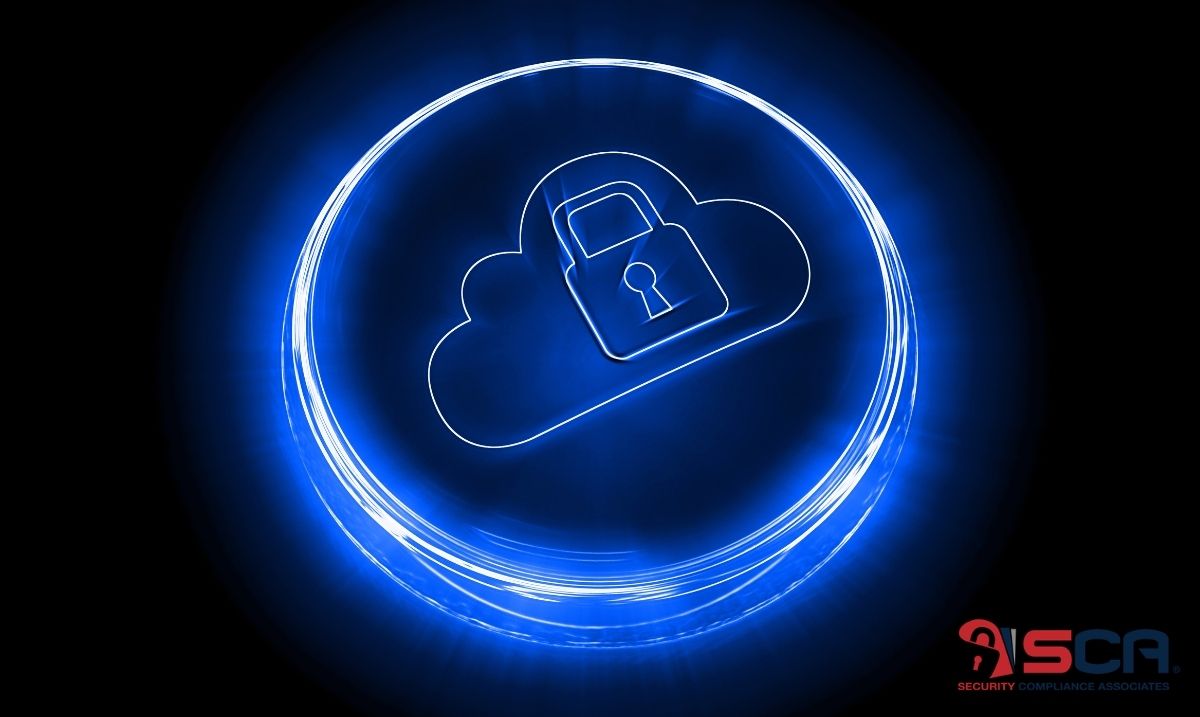
Data Storage Security: Your Data is Cyber Gold
What is Data Storage Security?
Data is one of the most valuable resources today and is comparable to gold or oil. Whereas data is very precious, it’s worth noting that it is highly vulnerable to several threats. These concerns create a need for proper data storage security processes. Today, the black-market value of data records can be as high as $1,000 per document, depending on the amount and type of data.
Data storage security refers to the steps involved in protecting both data and the storage infrastructure from unauthorized use, destruction, or modification while still guaranteeing access to the authorized users. The data security processes can help an organization detect, prevent, correct, or recover from data breaches.
Data security’s central role is to reduce the likelihood of a commercial or government organization from suffering various kinds of data breaches, including data theft, tampering, destruction, or accidental corruption. It ensures authenticity and accountability of all types of data and helps to achieve information security compliance.
Difference Between Data Security and Data Protection
Data storage security and data protection are very closely related parts of information security. Data security mainly deals with preventing unauthorized access with multi-factor authentication and preventing specific attacks like ransomware or exploits that modify data and make it unreliable.
Ransomware holds data and networks hostage until an organization pays a ransom. Other ransomware may extract data and won’t release said data until the affected firm pays a ransom.
This data exposure could violate data security laws and attract additional breach notification actions and fines.
Remember, both data protection and security overlap regarding their need to ensure data availability and reliability. Thereby preventing access by unauthorized users and ensuring better disaster recovery.
What Type(S) of Data Do You Store, Process, or Maintain?
Let’s take a look:
- PII (personally identifiable information) – can be used on its own or with other information to identify, contact, or locate a single person. Illustrations include full name, Social Security number, driver’s license number, bank account number, passport number, and email address.
- NPI (non-public information) – Any information obtained about an individual from a transaction. Apart from Account numbers, other examples include, Loan Payoff amounts and statement, besides Credit Card Statements, Closing Disclosure & Settlement Statements, among others like, Insurance policies, Driver’s License, Tax information, SSN & DOB, Title related items such as sales price, commission amounts, loan fees.
- PHI (protected health information) – health information in any form; physical/paper records, electronic records, and spoken communication. For instance, name, address, dates (birthday, admission, discharge), phone number, email address, social security number, health plan number, etc.
- ePHI (electronically protected health information) – any PHI created, stored, transmitted, or received electronically.
- PCI (payment card industry) – data printed on a card or encrypted on a card’s magnetic stripe/chip, or personal identification numbers (PIN) entered by the cardholder ex. card number, name, address, security code.
Information security compliance with regulations and standards such as HIPAA (ePHI), GLBA (PII, NPI) PCI-DSS (organizations that handle branded credit cards) emphasizes protecting the respective data types.
Factors Contributing to the Increasing Need for Data Storage Security
Several recent developments have instigated an increased interest in ensuring data security, including the following:
- Exponential data growth: An IDC report shows that the data volume is doubling after two years, resulting in an increasing need for more storage. And with the rising demand for data storage infrastructure, these assets are becoming harder to protect and more vulnerable to targeted attacks.
- Rise of cyberattacks: In 2021, cybersecurity experts predict at least one cyber-attack per 20 seconds, with a resulting cost of roughly $6 trillion annually. These rising cyberattacks reveal the importance of protecting all storage environments, whether physical or cloud infrastructures.
- Costly data breaches: While disaster recovery after a data breach is possible, it’s quite expensive. A study found that enterprises recovering from data breaches spent close to $4 million.
- The increasing value of data: Big data and its various applications have meant that governments and large organizations know their data value. However, for analytics, AI, and other data applications to work effectively, organizations must safeguard the authenticity of all their data, which means setting up the best security measures.
- Edgeless networks: Various trends like IoT and cloud computing require the distribution of sensitive data across multiple storage devices and storage environments, hence creating a need to ensure better data and network security.
- Stringent regulations: More governments have set up stricter data security rules, which has forced organizations to enhance their security measures to safeguard customer privacy.
- The need to ensure business continuity: Every robust data-storage security defense plan should include a business continuity strategy to ensure resilience and guarantee continued operations in the face of any attack.
In Summary
Data storage security is likely to become more challenging due to increasing data volumes and technological innovations that require increasingly varied storage media across multiple storage environments.
Nevertheless, by building awareness through regular training, improving data and network security, plus setting up business continuity plans, commercial and government entities can ensure a more secure future.
Check out our data breach response guide for more information on the specific breach notification laws in your state!

